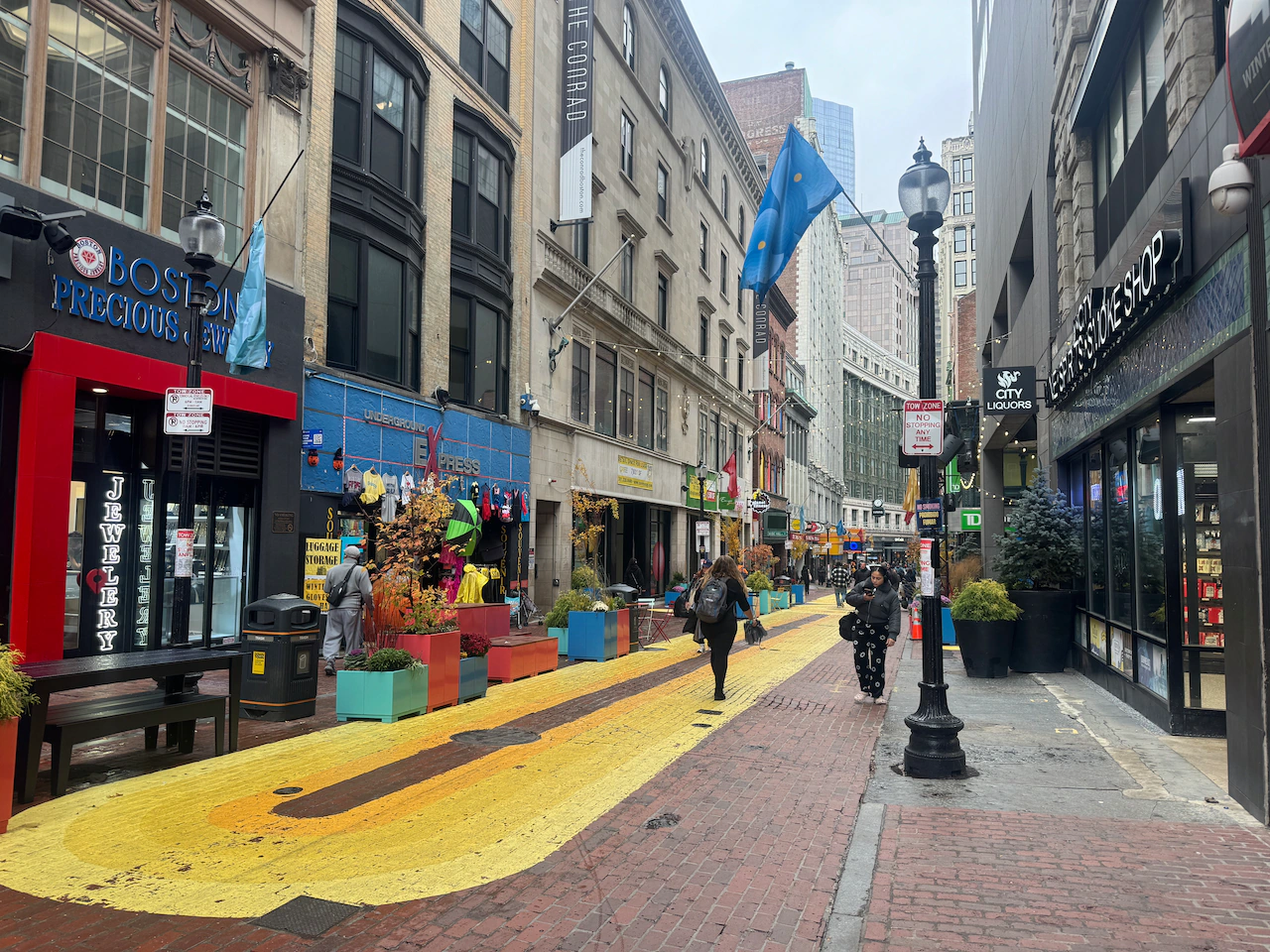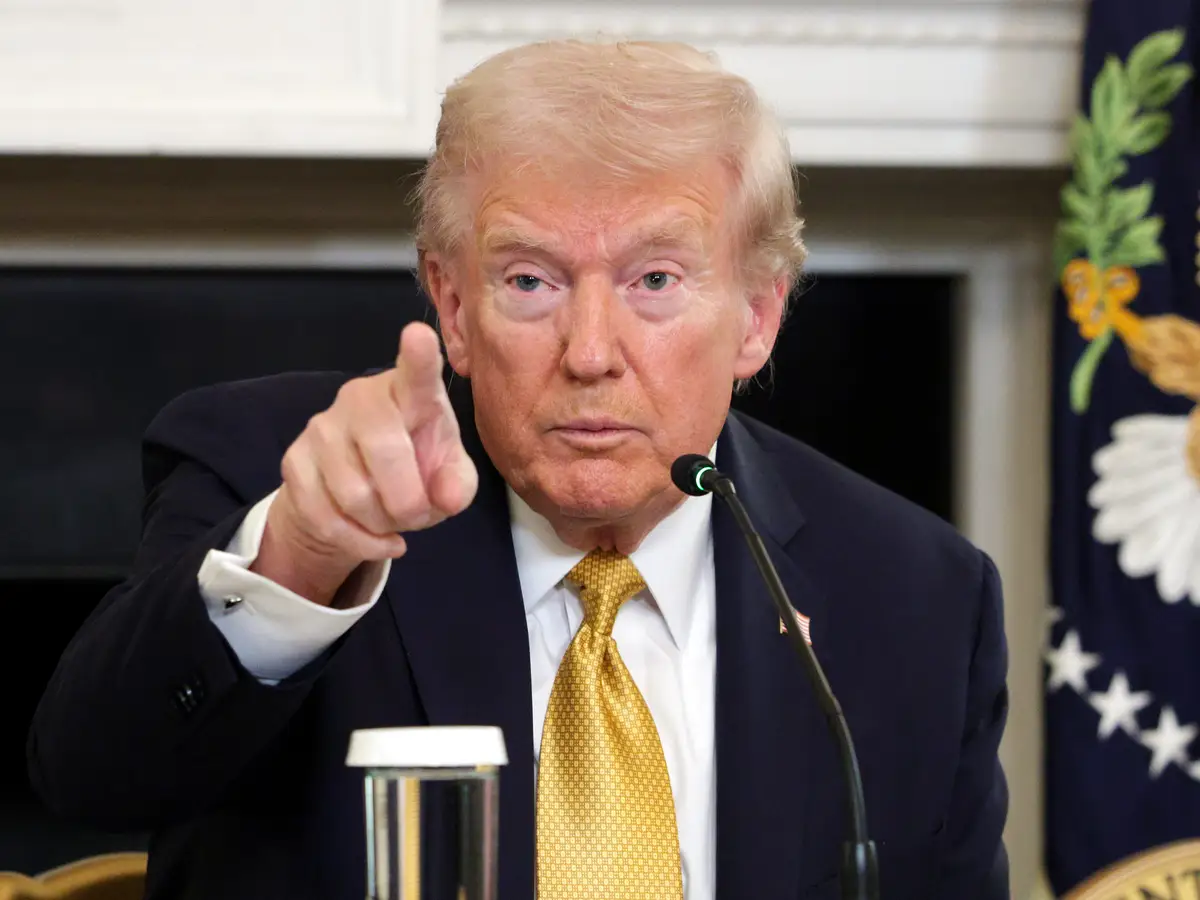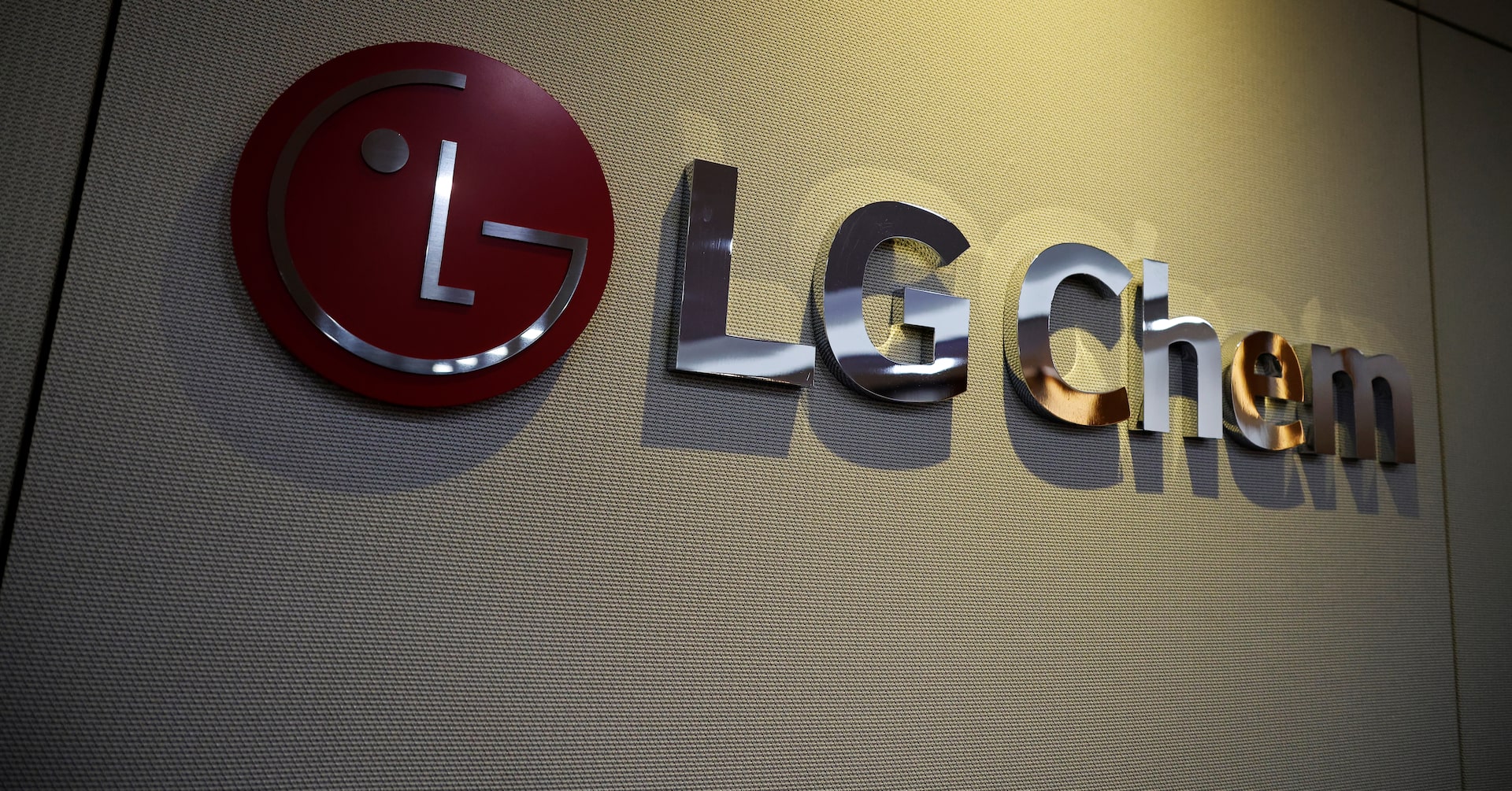Copyright MassLive

Eight months after declaring downtown Boston’s public safety situation “urgent,” officials gathered again Thursday to measure progress — and confront persistent challenges. Representatives from numerous agencies, including Boston police, city councilors and the Downtown Boston Neighborhood Association, reconvened in the Emerson College Theatre to evaluate progress on those promises. “We want to give a glimmer of hope and optimism from where we have gotten, and where we want to go,” said Rishi Shukla, a 25-year downtown resident and co-founder of the Downtown Boston Neighborhood Association, host of Thursday’s meeting. “We’ve achieved some really interesting and thoughtful gains over the past few months, and we want to celebrate those and double down on it — but we also want to acknowledge the work that remains,” Shukla said. He spoke onstage using a microphone, with more than two dozen civic, state and local leaders behind him and the theatre seats filled in front of him. Thursday night focused on changes that have been made since a February meeting with nearly 100 state, city and civic leaders. They came together in response to downtown residents and business owners calling problems like discarded needles, homelessness, public assaults and a rise in shoplifting last year an “urgent” threat to the neighborhood. The group includes Boston police, city councilors and several city departments, chairpersons for other neighborhood committees like Beacon Hill and Chinatown, the St. Francis House homeless service, Friends of the Public Garden, and leaders at Emerson College and Suffolk University. These changes included dozens of barriers and “no trespassing” signs on vacant buildings, repairs to sidewalks, and street and walkway lights — with more than 400 lights repaired on the Boston Common alone, Shukla said. The main section of Downtown Crossing has undergone beautification processes from new programs such as “Color Flow,” which brought yellow brick roads, new outdoor seating, colorful murals and live music performances that began in early October. To accomplish this in the past eight months, the group conducted safety and infrastructure walks through Downtown Crossing, Boston Common and surrounding areas. They held public coffee hours and surveyed “over a thousand” different crosswalks around the neighborhood, Shukla said, identifying which needed the most immediate attention. Shukla brought up a survey conducted last November among 320 residents, which found that nearly 71% felt less safe compared to the start of the year. Shukla noted that when the survey was repeated this past month, it showed a nearly 40% decrease in the proportion of residents who felt less safe. Boston police Supt. Robert Ciccolo shared that there’s been a 29% decrease in violent crime in Downtown Boston since the initiatives began and a 37% decrease in 911 calls for quality of life issues. The department’s goals are “always aspirational.” Back in March, a large goal was to “eliminate open drug use,” he said, and the department is still “working toward that goal.” The area has also seen a 65% decrease in syringe-related 311 calls and a 38% decrease in overdose deaths, said Bisola Ojikutu, the city’s commissioner of public health. And according to Kellie Young, leader of the city’s Coordinated Response Team (CRT), there have been 200 people “moved off the streets and directly into inpatient treatment” since September. Councilor Ed Flynn called for the hiring of more police officers each year and acknowledged the department for its coordination with the group, adding that it’s “critical we work together” and that “we can’t let up.” All of the leaders agreed that the work has just begun. Downtown Crossing business owners say they’ve seen real improvements since February. “I’m happy with the change ... people feel more safe to walk on the street. Before, they were scared,” Bill Yuong, a three-year employee at Boston Precious Jewelry on Winter Street, told MassLive on Thursday afternoon. Yuong pointed to the visible upgrades and noted fewer “disruptive” people or those openly using drugs, along with a stronger police presence since the spring — though he’d like to see even more Boston police officers patrolling and regular street trash maintenance. But for Carl Volker, owner of the Underground Express souvenir shop on Winter Street, the changes have made a noticeable difference. “Just a little bit of paint makes it 100% better,” said Volker, who’s operated his shop for 15 years. He’s seen fewer incidents at his store and neighboring businesses in the past year and credits the beautification efforts — including fresh paint, planters with trees and outdoor seating — with helping the area feel more welcoming. “Couple of planters out there, with trees? 100% better, friendlier and a major improvement,” he said. While Volker acknowledged that aesthetic upgrades don’t directly prevent crime, he believes they contribute to a sense of safety that encourages people to linger for a positive reason — which, in turn, helps deter unsafe behavior. Now, he’d like to see the city promote downtown businesses more aggressively and attract diverse, independent retailers to fill vacant storefronts, rather than relying on national chains or mall-style shops.



